As Long as Li Xiang and NIO Avoid Direct Competition, They Can Capture 20% of the Extended-Range EV Market
![]() 07/28 2025
07/28 2025
![]() 513
513
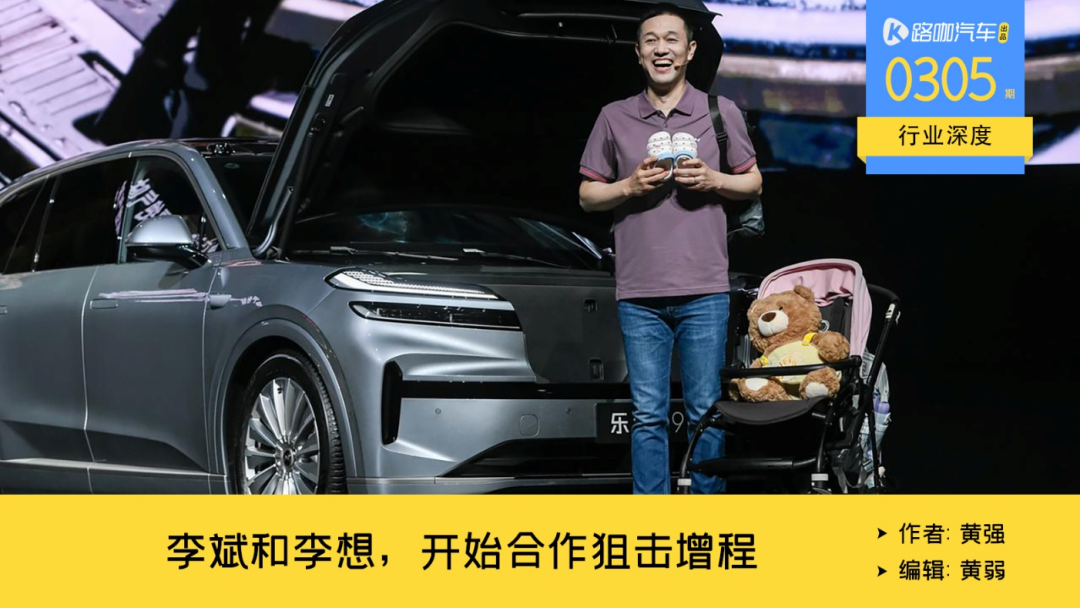
Contrary to online disputes, the two vehicles launched in late July have exhibited a surprisingly amicable relationship during the actual sales process.
"Haha, we did visit NIO's showroom to check out their car, and it was fine even though we were wearing our work uniforms," says Liu Tao, unfazed by popular internet memes. As a post-95s, he believes that simply visiting a showroom during off-hours is perfectly acceptable. Of course, many jokes circulating online should not be taken seriously. For instance, after the pre-sale of the NIO L90, orders surged, and even employees from Li Xiang expressed interest in trading in their cars. Another example is that before the Li Xiang i8 even opened for test drives, it received criticism claiming that the "chassis is soft and flabby," leading to an online debate between executives from Li Xiang and NIO.
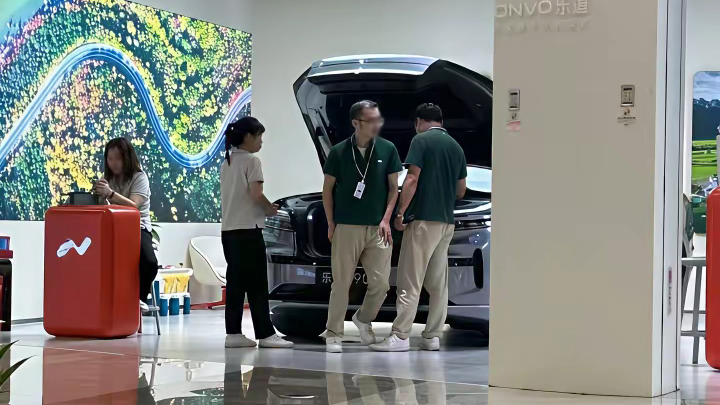
Good products transcend circles, and what transpires online mirrors reality. In fact, for Liu Tao and his colleagues, it's not just about visiting the NIO L90; they have also checked out Xiaomi's YU7. However, just visiting doesn't necessarily mean buying. Regarding the jokes on the internet, they feel that the automotive sales industry hasn't witnessed such a harmonious state in a long time, and it would be ideal if this can continue without daily conflicts and confrontations.
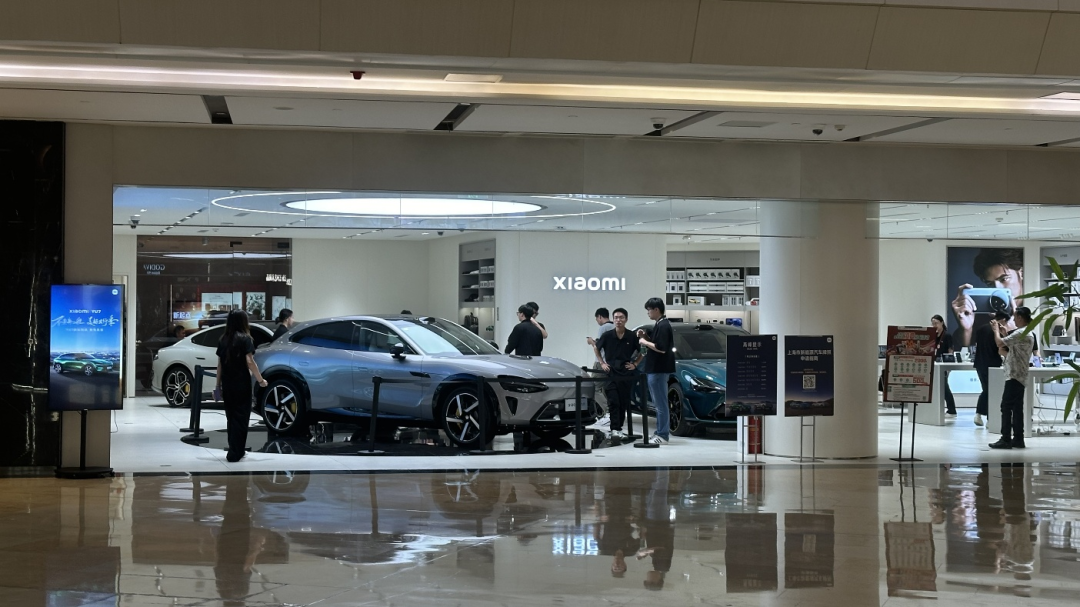
Sales consultants at NIO share similar sentiments. This year, there are numerous large 6-seat SUVs available, with nearly 20 models on the market. In such an environment, mutual appreciation is a positive development.
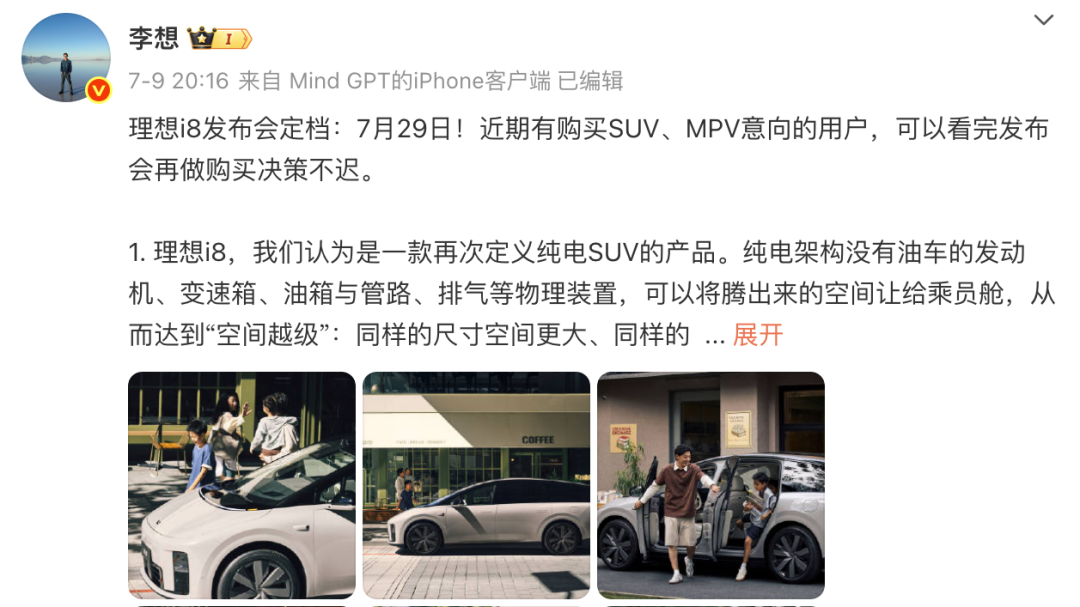
Of course, netizens might not care about these realities or may not be able to discover the relevant facts. In the era of traffic being king, conflict and opposition are obviously effective entry points. Thus, when Li Xiang and NIO officially announced their launch dates—Li Xiang i8 on July 28 and NIO L90 on July 31—endless hot topics emerged about whether there would be a battle.
Geely and BYD are on the same path, so are NIO and Li Xiang
On the internet, traffic is always the priority, with conflicts, comparisons, and contrasts serving as profit-making methods. However, reality is quite different.
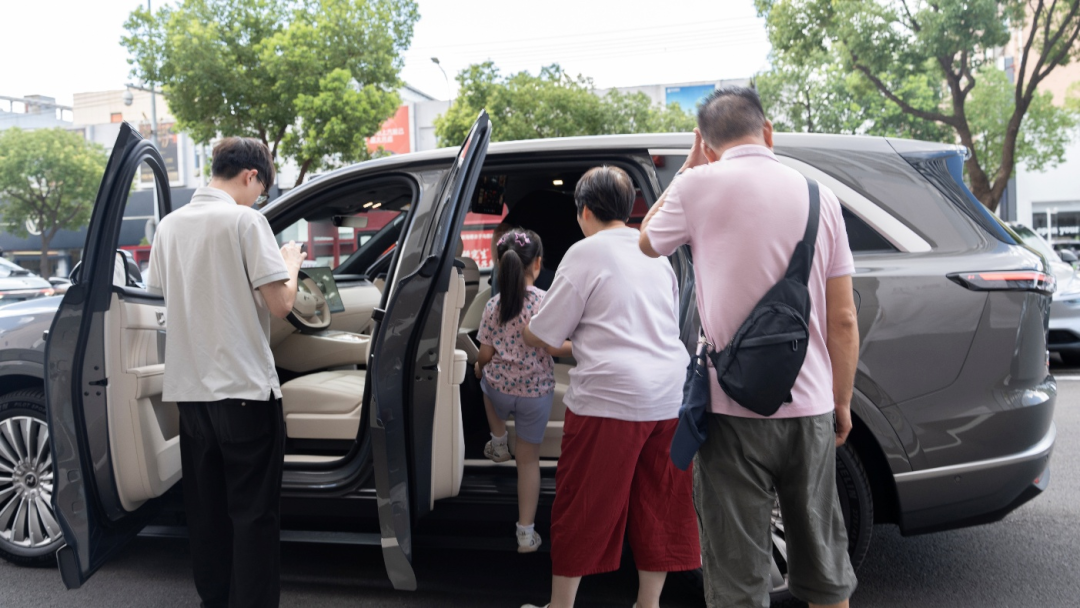
"The target groups are quite distinct," say sales consultants. The two new cars arrived at dealerships successively in mid-July, and among the car-viewing crowd received by Liu Tao, almost 90% of people carefully checked out both cars. However, their specific consumption decisions exhibit different characteristics.
The primary difference is not their price segments but rather the composition of their car-viewing groups. The Li Xiang i8 group is mainly composed of existing Li Xiang car owners, with a proportion exceeding 90%. In contrast, the NIO L90 group includes individuals who drive gasoline cars or previously drove 5-seat new energy vehicles and need to upgrade to a larger vehicle.

The priorities of these two groups are also quite different. Those who come to see the Li Xiang i8 are already familiar with Li Xiang, so they are more concerned about the third-row space and the comfort that the new seats can provide. They have a basic understanding of terms like VLA, VLM, and the large rear screen, and current evaluations of the Li Xiang i8 have already taken shape.
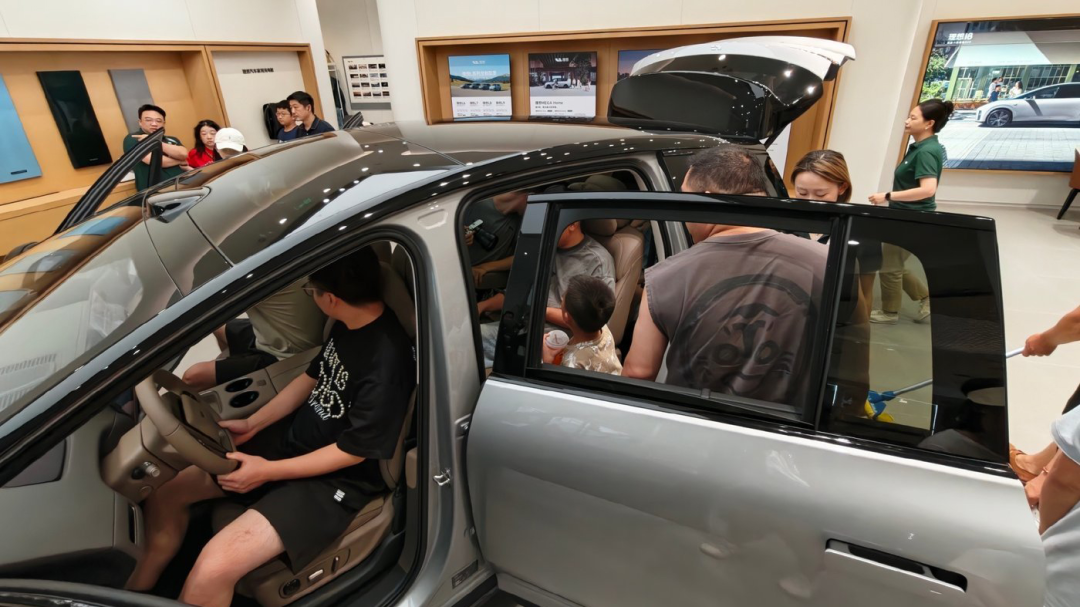
The praise points include the unconventional SUV design, which is expected to make the driving experience closer to that of a sedan, rather than feeling like driving a large vehicle. The new seats are also commended for their comfort, especially as many L series car owners believe they are more comfortable than their own cars.

The doubts revolve around the slightly smaller third-row space compared to the L9 and the narrower passage width from the second row to the third row. However, this is understandable given the overall smaller body size of the Li Xiang i8. As long as the pricing is set appropriately, these issues are easily acceptable.
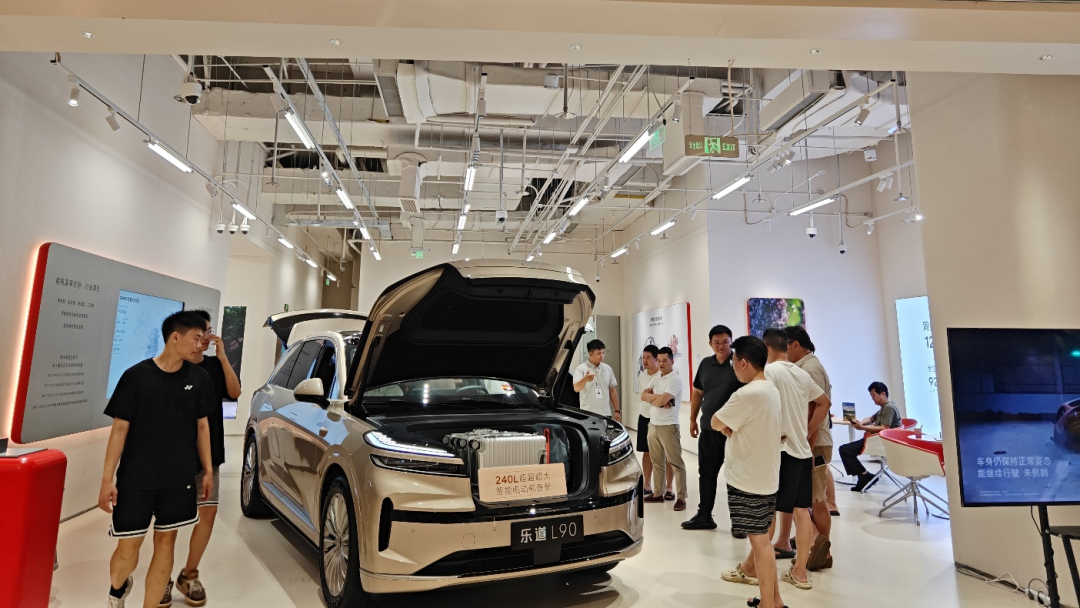
The NIO L90 user group is concerned about whether the price will continue to bring surprises, whether the large interior space is sufficient for family outings, and after recent nationwide test drive events, they come to verify whether the chassis is satisfactory. After all, some believe that a family car should be very comfortable, while others believe it still needs a certain level of driving fun.
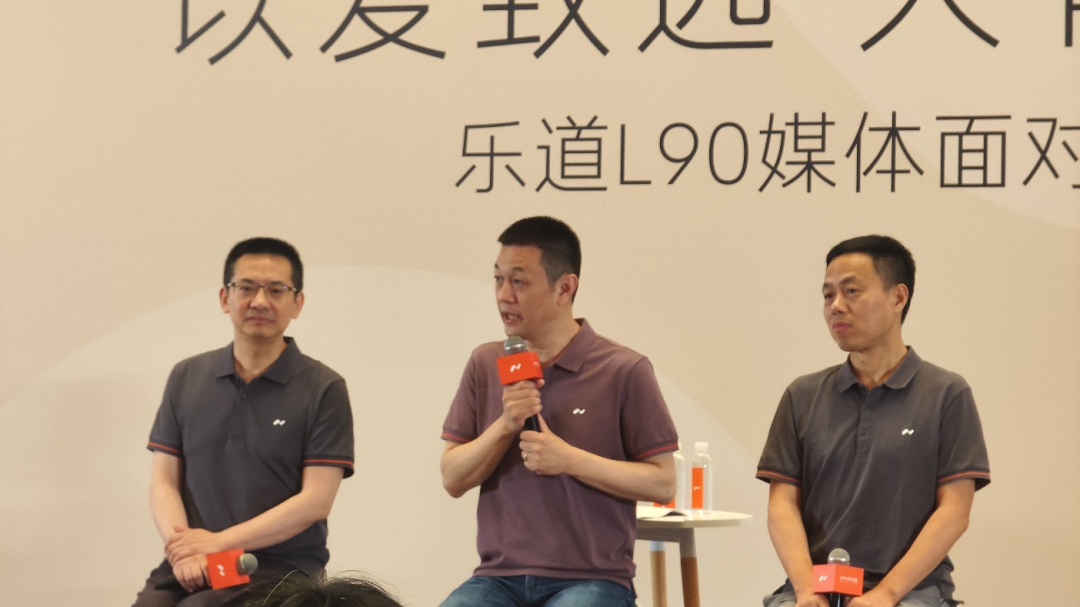
In addition, there are significant differences in the consumer groups' preferences for the configurations of the two models. The Li Xiang i8 is more attractive due to its lidar and air suspension. In fact, the most critical difference lies in their distinct vehicle manufacturing philosophies, which appeal to different users. After the release and pre-sale event of the NIO L90, I once asked Li Bin a question: "What does the difference in styling between the Li Xiang i8 and the NIO L90 mean, and which is better?"
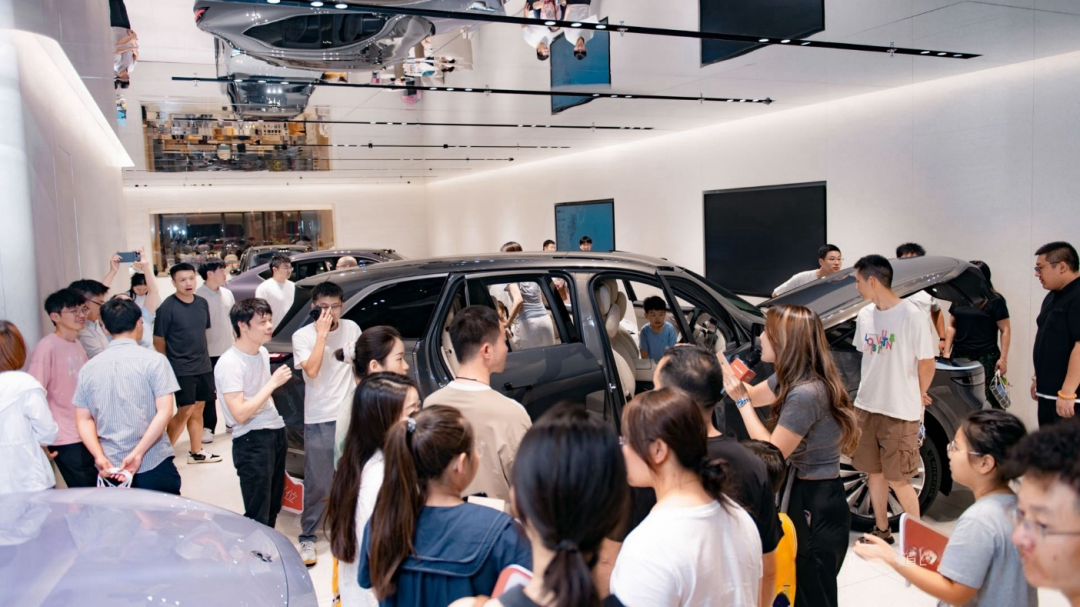
Li Bin did not directly address the comparison. He only stated that pursuing sufficient space to meet user needs is paramount. He later highlighted a key point, explaining that the NIO L90 was designed using a traditional SUV styling approach, taking into account the feelings of the entire family. After all, the aesthetic preferences of the elderly and children differ.
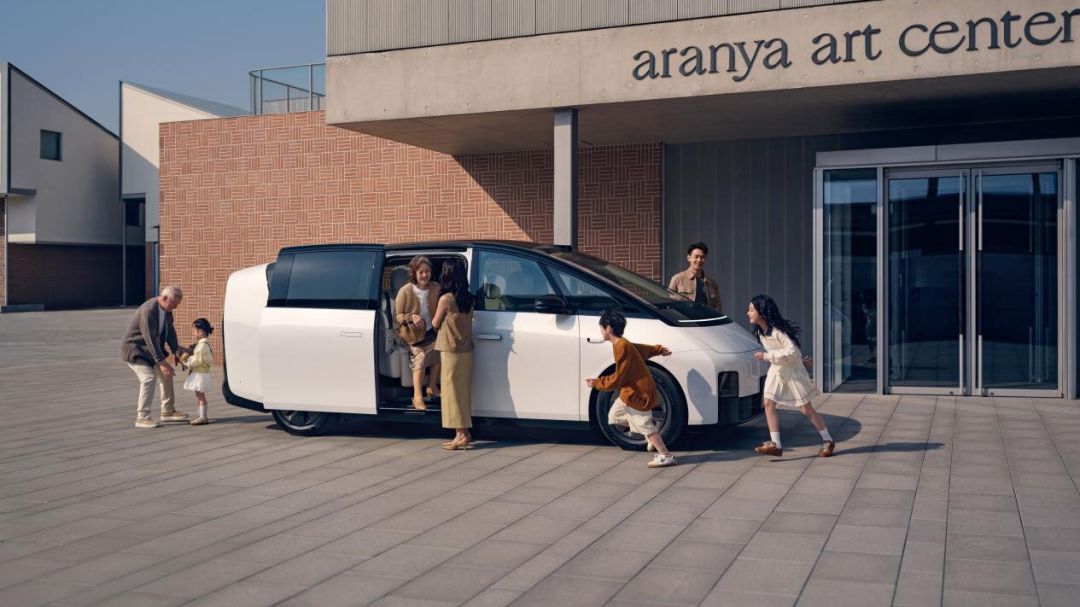
This difference in consumer groups stems from factors far greater than price alone. The Li Xiang MEGA is a pioneering model that educates users, similar to Tesla, and the group that chooses the Li Xiang i8 is also composed of individuals whose aesthetics have evolved first. Of course, there is no right or wrong between being an early adopter of new aesthetics and being conservative, but this is the core distinction between the i8 and L90.
Cooperating to Snipe at the Extended-Range Market, Expected to Capture 20% of Sales?
For both automakers, the current situation is favorable. The NIO L90 has met the expectations of Li Bin and the internal team, and even Morgan Stanley has announced the number of pre-orders, which exceeds 35,000. Subsequently, NIO's stock price has risen continuously for several days. Since the Li Xiang i8 arrived at dealerships nationwide in mid-July, it has also garnered significant attention. Feedback from multiple stores in Beijing indicates that there are at least 5 small orders per day on average.
Therefore, the pricing of the two models will be a crucial factor affecting sales moving forward.
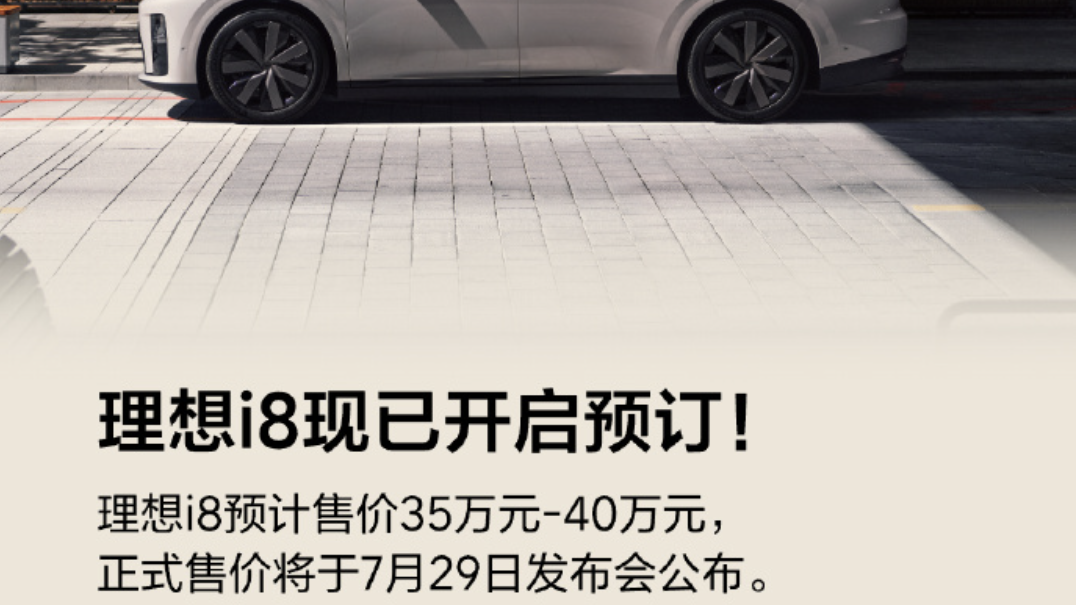
The Li Xiang i8 does not have a pre-sale price, but the expected price range is 350,000 to 400,000 yuan. It is equipped with a dual-motor four-wheel drive system with a total power of 400kW and a maximum speed of 180km/h. In terms of battery life, based on the declaration information, there are two battery options of 90.1kWh and 97.8kWh, providing a range of 670 kilometers, 710 kilometers, and 720 kilometers under CLTC conditions.
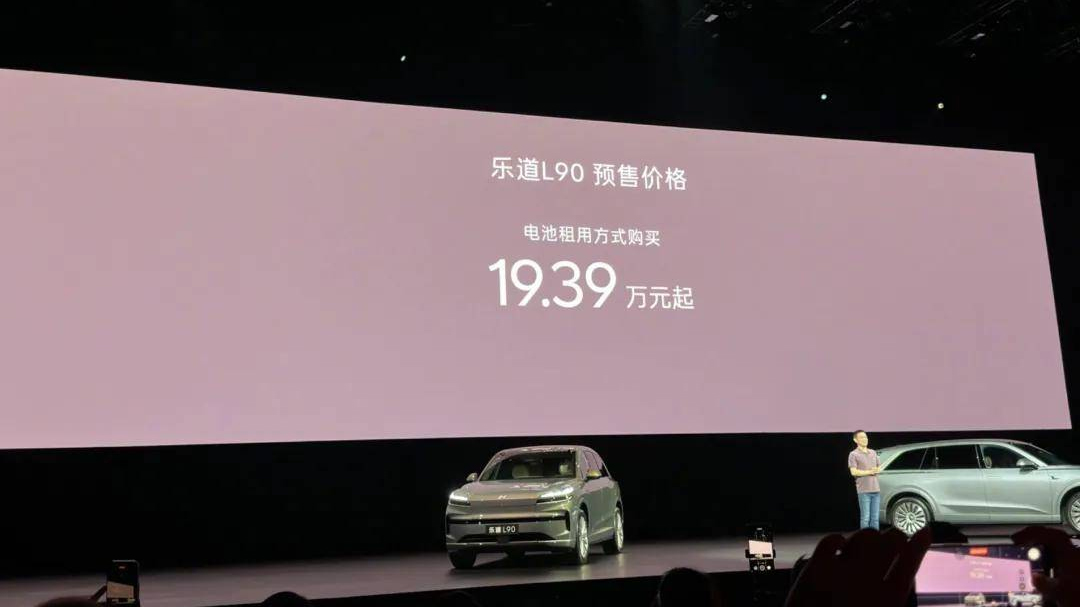
The NIO L90 has a pre-sale price of 279,900 yuan (for the entire vehicle purchase) and only 193,900 yuan under the BAAS model. It comes standard with an 85kWh battery, providing a range of 605 kilometers under CLTC conditions.
Thus, from a purely market perspective, it is difficult for them to form a very direct competitive relationship. Even if the expected price of the Li Xiang i8 further drops upon its launch, it will still be a model priced above 300,000 yuan. More crucially, in terms of the launch order, the Li Xiang i8 will come first, followed by the NIO L90. If the price of the Li Xiang drops too much, NIO also has room for adjustment.
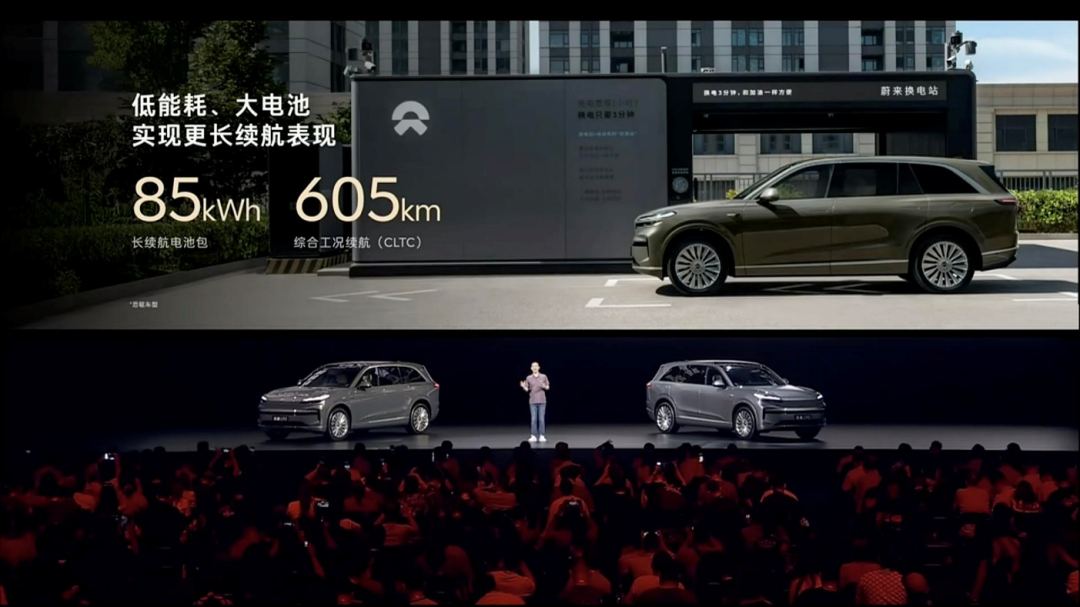
During the pre-sale, NIO officials have stated that the price is very sincere and basically one-step in place. However, we believe that in the current market environment, there are still opportunities and room for adjustment. After all, NIO has not yet announced specific specifications such as the air suspension for the L90, so there is still a chance for adjustments.
The price gap could buy a Geely Xingyuan, and in the current conservative consumer environment, it is likely to affect consumer decision-making. This is the second core difference between the consumer groups of the two models, in addition to whether they have been educated about new automotive trends. In summary, both models can spark current market discussions, which obviously means they are both excellent models and products.
In addition to the above analysis of the models, their common ground also lies in the most crucial point: low energy consumption and robust energy replenishment networks. According to currently released information, under CLTC conditions, the NIO L90's rear-wheel-drive version has an energy consumption of 14.5kWh/100km, and the four-wheel-drive version has an energy consumption of 15.4kWh/100km. Li Xiang's latestly released energy consumption figures are 14.6kWh/100km and 14.8kWh/100km.
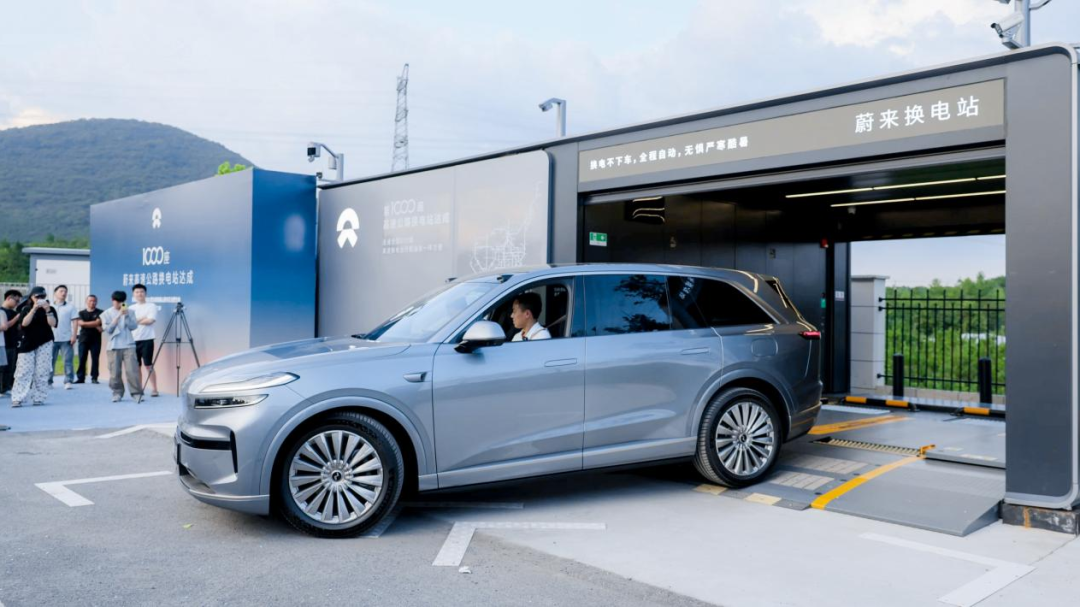
It is evident that both are top-tier performers. Given that the NIO L90's body size is larger than that of the Li Xiang i8, its slightly higher electricity consumption is understandable. In short, this set of data is already comparable to the level of the Tesla Model 3. However, both models will face another test of energy consumption in the future, as the current figures only represent driving energy consumption, and it remains to be seen how the combined energy consumption will be after the use of various electrical appliances in the car.
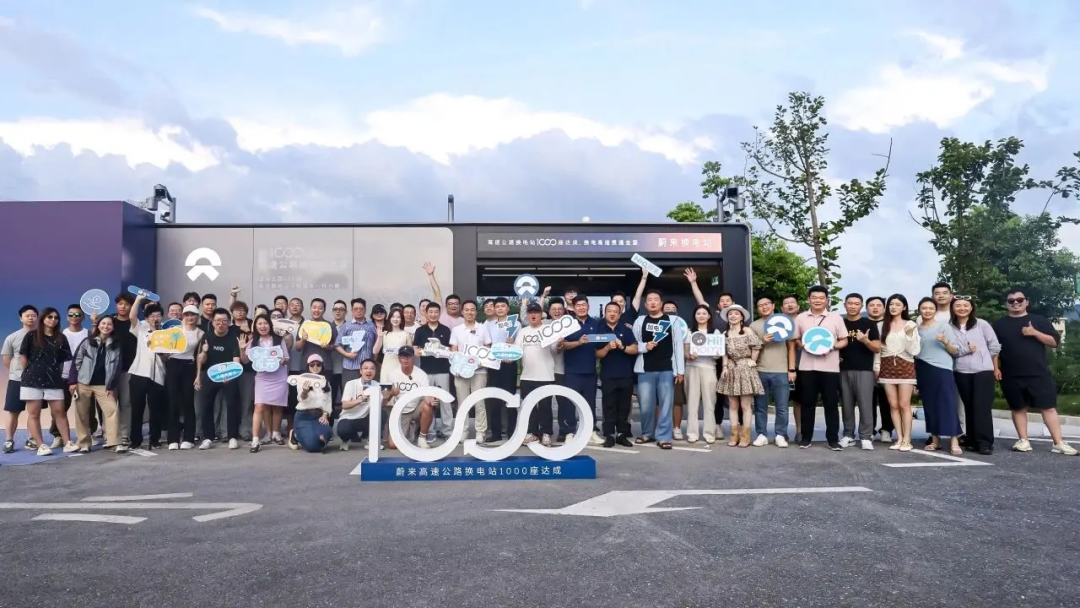
In terms of energy replenishment performance, both companies are infrastructure enthusiasts. NIO's achievements speak for themselves, with charging and swapping stations across the country. Currently, there are 8,079 charging and swapping stations, including 3,405 swapping stations and over 1,000 highway swapping stations. Li Xiang is catching up quickly, with over 2,800 self-operated 5C supercharging stations, and plans to cover over 90% of national highway mileage by 2025.
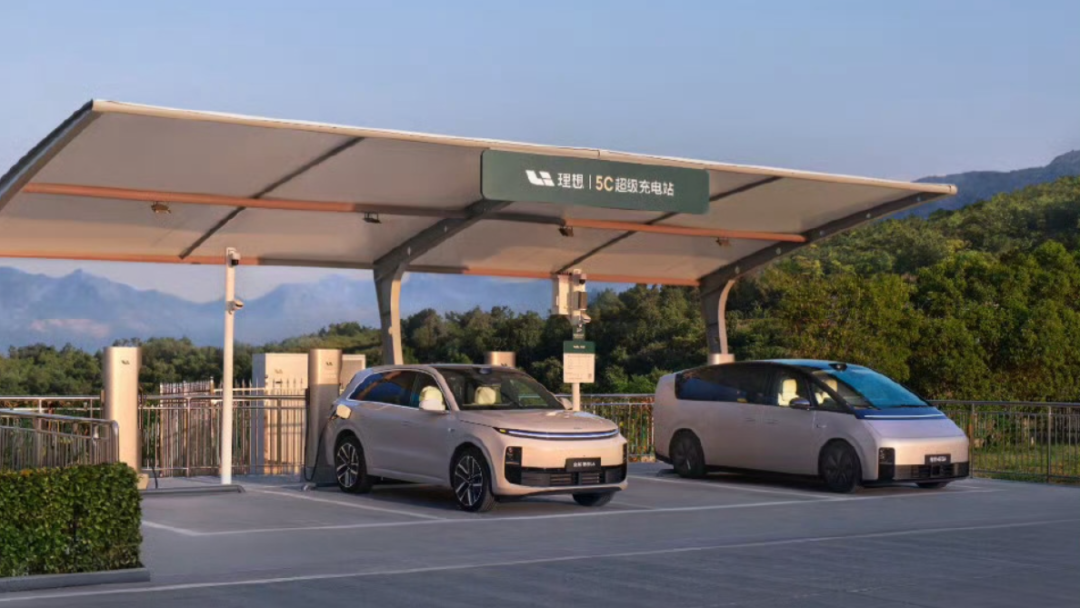
Although there are still many qualifiers, these are currently the top levels in China. Moreover, in terms of value, due to the heavy investment in highways and core business districts, they are also far superior to Xiaopeng's self-operated supercharging stations.
With low energy consumption, fast charging (swapping), full-size vehicles with family attributes, and relatively affordable prices, under this same offensive, there is another aspect of market transformation.
The new trend is that orders for extended-range electric vehicles have been significantly leveraged recently. If the prices of the two models at the end of July can further surprise consumers, it may further open up opportunities for pure electric vehicles.
In this year's market environment, with the continuous launch of new vehicles by various manufacturers, the cost and pricing advantages originally possessed by extended-range electric vehicles have been significantly reduced. Additionally, essentially, above the price point of 250,000 yuan, even when combined with plug-in hybrids, the popular brands in this category are limited to Huawei HarmonyOS, Li Auto, and Lynk & Co.
The best-selling brand is Huawei HarmonyOS. In June, the sales volume of the AITO Askev M9 was approximately 13,700 units, and the sales volume of the AITO Askev M8 was 21,000 units. In June, the combined sales volume of Li Auto L8 and Li Auto L9 was 9,200 units, and the sales volume of Lynk & Co 900 was 5,500 units.
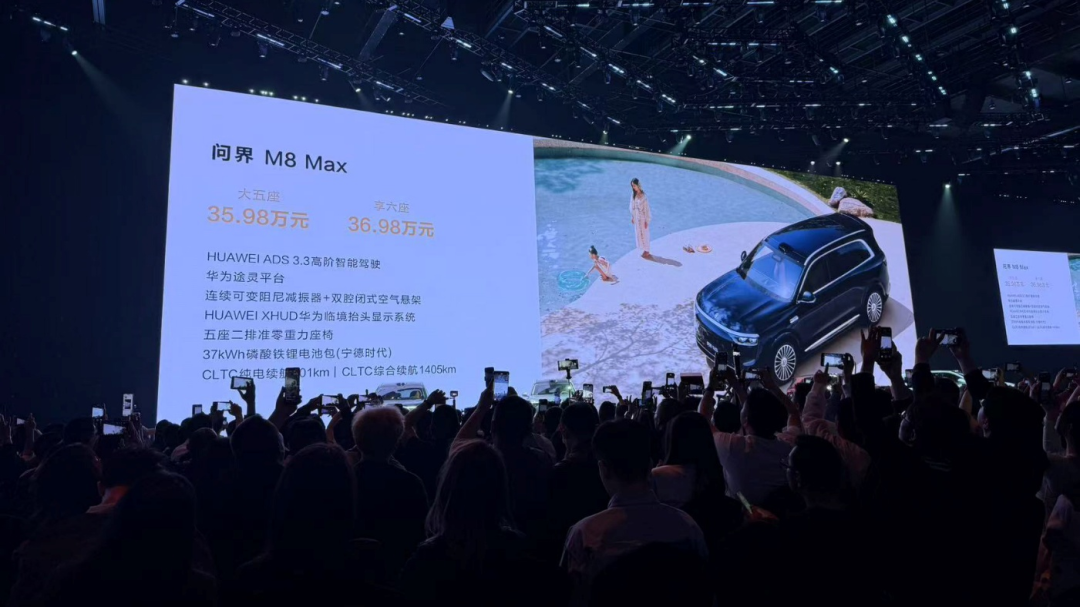
Sorted by price from low to high, the price range of Lynk & Co 900 is 30
Currently, the SL03 stands as the sole model in this size range equipped with Huawei's Kunlun urban autonomous driving system. Priced at a guide figure of 279,900 yuan, it heralds the resurgence of pure electric vehicles' price competitiveness. Furthermore, a notable trend emerged in the first half of this year: plug-in hybrid vehicles recorded a cumulative sales volume of 2.521 million units in the Chinese market, marking a 31.1% year-on-year increase, up from 833,000 units in 2024. Concurrently, the market share of extended-range electric vehicles stood at 9.8% in the first half of the year, a slight decrease from 10.7% in 2024.
Final Thoughts
The perception that pure electric vehicles cannot compete with extended-range electric vehicles is gradually shifting. Among Liu Tao's recent customers, approximately 50% were considering both options. Notably, half of these individuals expressed concern over excessive fuel consumption, influenced by the experiences of those around them who had already purchased extended-range vehicles. Despite the common misconception that plug-in hybrids primarily use electricity in urban areas and fuel on highways, many extended-range vehicle owners predominantly rely on electricity, with fuel serving as a backup. Consequently, the competition for charging facilities in highway service areas between extended-range and pure electric vehicles has become a heated topic in recent years.
If you have driven a pure electric vehicle on the highway, you have likely encountered this scenario firsthand.
In essence, if models like the Ledao L90 and Li Auto i8 can swiftly gain traction and establish a trend for popular pure electric large SUVs, the sales landscape for extended-range electric vehicles is poised for change. Based on current figures, achieving a 20% market share is far from impossible.
The key to success lies in achieving low power consumption, fast refueling speeds, and minimal waiting times at fuel stations. Of course, all this must be achieved without internal frictions within the industry.





